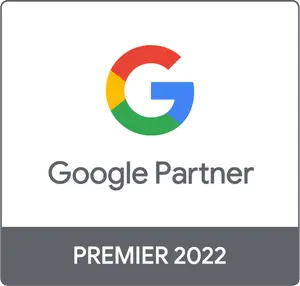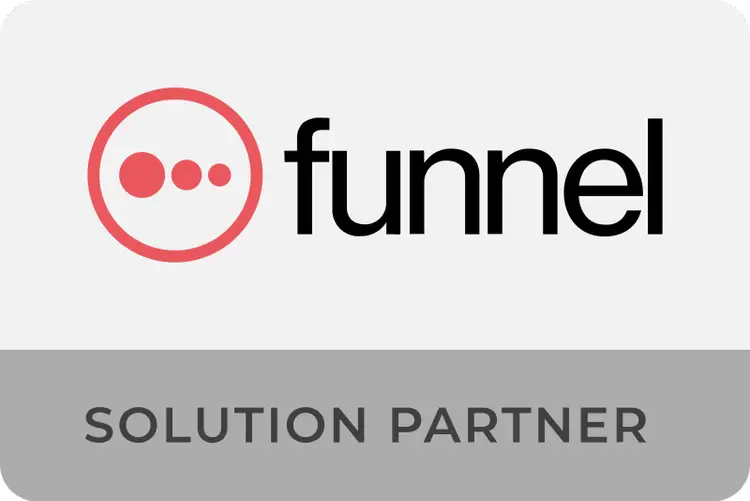Have you ever had the feeling that certain ads follow you everywhere you go on the internet? A banner for a flight to the Canary Islands that keeps popping up while you're shopping online or checking your kids' school's Facebook page? A YouTube ad for yoga classes just when you've been searching for a center near you? No, it's not your imagination; it's a paid media tactic called remarketing.
In this blog, we'll summarize the key points so you can include them in your marketing strategy.
What is remarketing?
It is a technique that aims to achieve more conversions and make lead capture efforts profitable by showing certain campaigns only to those users who have already interacted with your product or service in the past.

How does remarketing work?
Let's say a user enters your website at some point. Upon entering, the user is automatically "tagged" with a cookie and added to a remarketing list depending on the phase of the purchasing cycle where it's located. Later, when you run display campaigns, they will only be shown to users who have already interacted with your product/service and who have that tracking cookie.
Remarketing is based on good management of purchase decision periods. Typically, a user searches for information, compares, and weighs several options before purchasing your product or service. Therefore, if you remind them with a banner that you're available, they're more likely to end up choosing you for convenience reasons. Since they've already visited you and know what you can offer, it's always easier for them to complete the purchase with you, who's just a click away, than starting the search all over again.
The 6 types of remarketing:
Remarketing can be implemented through six key techniques. Each has its own benefits, functionality, and specific features, which we summarize below:
-
Site Remarketing:
Allows you to show a single ad to users by segmenting them based on their browsing behavior on your website. By creating audiences based on actions like "favoriting an item" or "adding an item to cart," you can create more personalized ads.
-
Email remarketing
Similar to the above, email remarketing segments users based on their behavior when faced with an email you have sent.
-
Dynamic remarketing
Unlike site remarketing, where the same ad is always shown, in dynamic remarketing, the ad content is personalized. This is a very interesting option for e-commerce because if, for example, a user has viewed a pair of sneakers, thanks to dynamic remarketing, an ad for that same product will be automatically shown to them. This type of remarketing helps you save a lot of time because it automatically extracts information from the product feed (images, name, price, description), so you can avoid having to worry about creating different ads for each variation.
-
Mobile or cross-device remarketing
This type of remarketing is excellent for showing ads to users who have already visited your website (on desktop) on their other devices (mobile, tablet, etc.). This way, your product or service will always be present wherever the user goes.
-
Search Remarketing
In this case, the keywords used by the user are used as a complement to the remarketing strategy for people who have already visited your website.
-
Remarketing by lists
This type of remarketing allows you to load data from your CRM that already contains information about your users' behavior.
Why implement remarketing in your strategy?
-
You will increase your brand presence
Your brand will become more visible and present in the digital lives of users who have already visited your products or services, increasing the likelihood that your audience will take a key action in the future. In addition to being a powerful marketing tool, remarketing is a valuable branding tool.
-
You will improve the conversion rate
By reaching users who already have information about what you offer, the likelihood of them taking the desired action (we're talking about macro-conversions in this article) increases.
-
You will directly impact your target audience
Compared to traditional marketing tactics, where your ads target segments that may or may not be interested in your product or service, remarketing will directly target users who are already interested in what you have to offer.
To implement your remarketing campaign, you'll need to follow a series of steps that, while not complex, do require some technical knowledge of code installation. Therefore, we recommend contacting a specialist who can understand your needs and activate a remarketing campaign tailored to them. Talk later?

Founder of PaidStrategy and Performance Marketing Specialist.
Over 10 years of experience in Performance Marketing. Expert in achieving goals through analysis and strategy management with internal teams and clients. Her two superpowers? Asking the right questions and moving from chaos and improvisation to order and planning.






